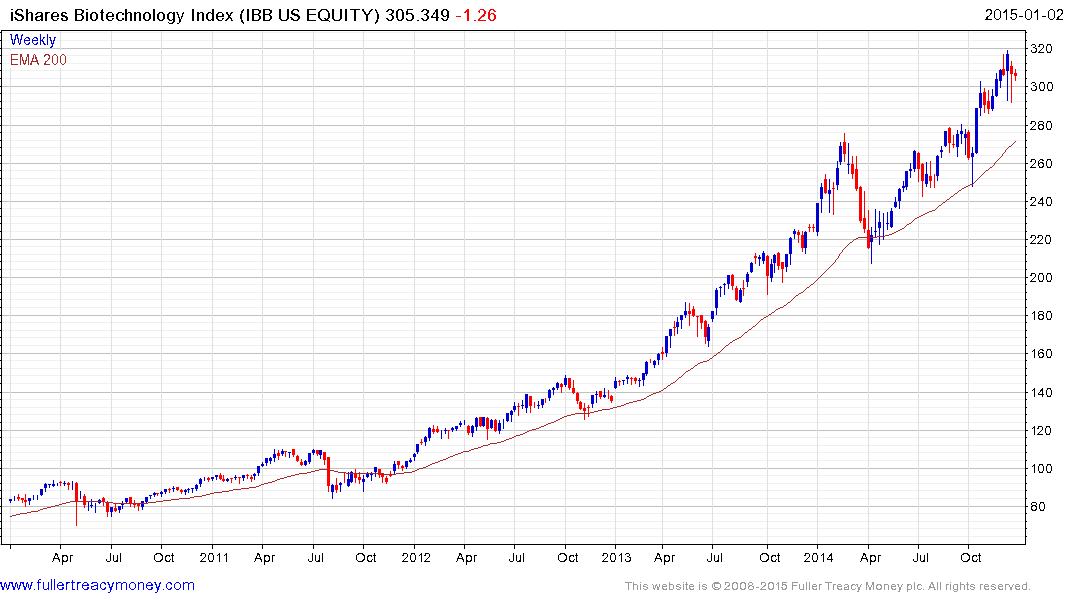Email of the day on technological innovation and drug resistance
Solving the problem of drug resistant bacteria may be closer than you think. Journalist Brendan O’Neill recently reported:
“Ninja particles are as cool as they sound. As part of the explosion of research into nano¬medicine — the implanting of infinitesimal machines or microbes into the body to attack disease — researchers have developed synthetic molecules that mimic our immune systems. It’s hoped these man-made molecules will soon be sent into the human body to attach themselves to certain microbes and cause them to rupture — “as if they’d been hit by an explosive shuriken (ninja star)”. These ninjas could prove deadly against antibiotic-resistant bugs and in bodies whose immune systems are rejecting newly transplanted organs. (A Hollywood fantasy in the 1980s — Dennis Quaid being shrunk and sent into a human body in Innerspace — is becoming reality.)”
The above is more evidence of the importance of technology as a driver of equity markets. It is listed as #7 out of 10 significant technological developments in 2014. The full article is at:
Here is a link to a PDF of the article mentioned above.
Thank you for this email highlighting the fact that we live in an age of accelerating technological innovation. The pace of advances means that obsolescence is also increasing but there is an additional consideration. This is that it takes time to bring a lab discovery to market, not least because of issues with increasing scale as well as capital and regulatory constraints. It is reasonable to believe that we are rapidly entering an age of personalised medicine where the claims made by biotechnology analysts in the 1990s are being realised. However, this could take a decade or more to roll out and will come at a cost.
At present antibiotics are cheap and almost universally available, albeit at the cost of a prescription in developed countries. Nanotechnology is quickly reaching commercial viability but it is not cheap and will take years to build out. For much of the last decade we described the peak oil argument in terms of the rising cost of marginal production. Even at a time where prices have fallen, we can still define the market in these terms. New technologies that have helped supply overwhelm demand come in at a higher price point than conventional methods.
Let’s apply the same logic to the medical field and the issue of drug resistance. Penicillin is cheap and ubiquitous. Whatever we come up with to tackle bacteria that are increasingly immune to its effects will be more expensive to produce. Additionally time will be needed to achieve economies of scale. In order to avoid a major disruption, the sooner a concerted effort is made to tackle the threat the better the end result will be.

This is wonderful news for biotechnology firms since demand for innovation will help drive continued capital flows for R&D. The sector remains a standout performer and the iShares Biotechnology ETF remains in a reasonably consistent uptrend.
Back to top


